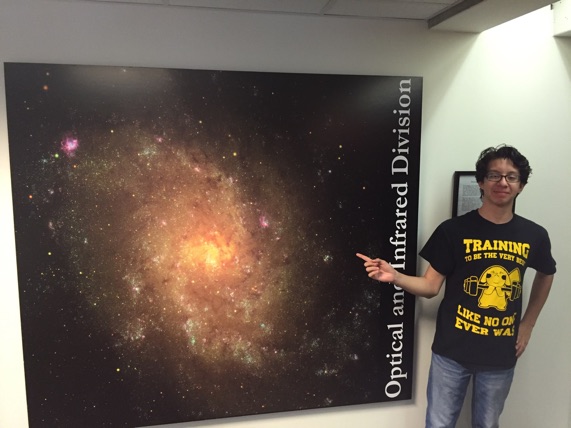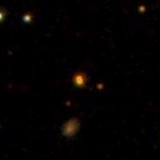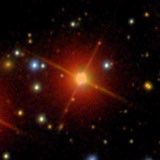
I had a great experience working with a talented young student from Chelsea High School in Massachusetts, Brandon Lazo. He investigated galaxies that are missing from the SDSS Main Galaxy Sample. His results and missing galaxies catalog is published in the Research Notes of the American Astronomical Society. Below is some additional information describing how he identified missing galaxies that we did not publish and a link to the paper.
---------------------------------------------------------------------------------------

Here are images of the classifications of objects. There are examples of galaxy candidates, stars, and ambiguous objects.


Galaxy Candidate
Pair of Galaxy Candidates

Star

Star with Diffraction Spikes
Ambiguous Object


Another Ambiguous Object
A galaxy looks like an extended source. A glow around a bright object in the center. The pair of galaxies is an example of an object that can be affected by the fiber limitations. Where one of the two galaxies will be selected for spectroscopy.
A star is just a single point. Nearby is another galaxy candidate. A difference on how they look can be observed. Another example of what a star might look like is one with diffraction spikes. Objects with diffraction spikes are telltale signs that it’s a star.
An ambiguous object is one that is hard to tell what it is. The left image does look more like a galaxy but it’s hard to tell confidently. The object on the right looks like it can be a galaxy but it could also be a blurry image of a star.
We inspect photometric objects missing from the MGS database. We identify a robust set of color criteria for galaxies and visually inspect photometric objects outside of the color range. Then we create a catalog of these missing objects. This study shows the incompleteness of the MGS to be about 7%.
The paper can be found here.